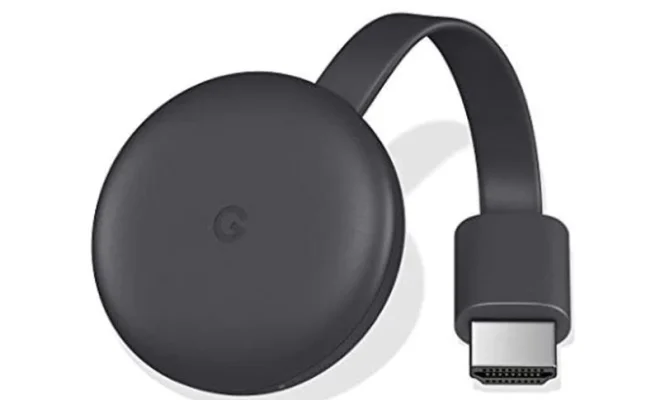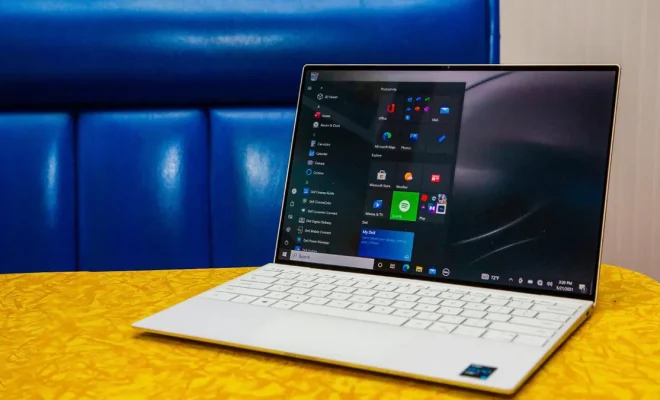Assistive Technology to Help Students with Cerebral Palsy Succeed Academically

Cerebral palsy is a complicated condition characterized by difficulty with movement. It may cause low muscle tone, poor muscle control, or issues with posture and balance. Every individual can have different symptoms as a result of the brain damage that caused the cerebral palsy to develop. All of these symptoms can make the classroom experience difficult for students and teachers affected by cerebral palsy on a daily basis. Fortunately, we are making great strides when it comes to assistive technology that can help.
If you want to find a way to help students with cerebral palsy succeed academically, you may need to investigate whether any of these devices can improve the classroom experience.
Communication Devices
Cerebral palsy often prohibits the typical flow of conversation due to poor muscle control or spasms in the throat and tongue. This can impede children from voicing their thoughts or asking questions during a lesson. With the help of a communication device, they could find it much easier to speak their mind. Some devices allow children to choose words, letters, or pictures to fill out what they want to say. Others will use eye-tracking software to help select the appropriate items. The latter should be used in cases where the cerebral palsy makes it difficult to move the upper body in addition to difficulties with the mouth and throat.
Cochlear Implants
Many students who have cerebral palsy have a difficult time with hearing as well. One way to help ensure that a child receives all of the information during class time would be to correct the hearing deficit. Parents should consider getting a cochlear implant for their child if this is a constant struggle. It can help children to organize what they hear and distinguish which sounds are important. Of course, other types of hearing aids or alternatives to cochlear implants can be considered as well.
Powered Scooters
If you have a student with severe mobility issues, you may want to consider allowing them to use a powered scooter to transition throughout the day. This prevents them from struggling slowly with a wheelchair. It also keeps them from needing assistance with pushing the wheelchair through the halls. Mobility devices like these should be used to help improve the daily life of the child. They prevent the student from physically tiring themselves out by moving from spot to spot, allowing them to have more attention and energy to focus on the lesson at hand.
Vision Aids
In addition to hearing difficulties, it isn’t unusual to find a student with cerebral palsy who has trouble seeing. You can minimize the toll this takes on a child by providing vision aids such as magnifying sheets. This makes it quick and easy to see text at a significantly bigger size instead of frustrating a child. Alternatively, you could use a text-to-speech program on the computer that can read the words out loud. This may work if the student already has hearing aids in place or doesn’t struggle with hearing difficulties.
It is possible to help a child with cerebral palsy to succeed academically, but teachers must be willing to find the right technology to help. Evaluate the unique needs of each individual child before deciding which assistive technologies might be right for them. The needs will always be a little bit different, but the possibility for success remains the same.




